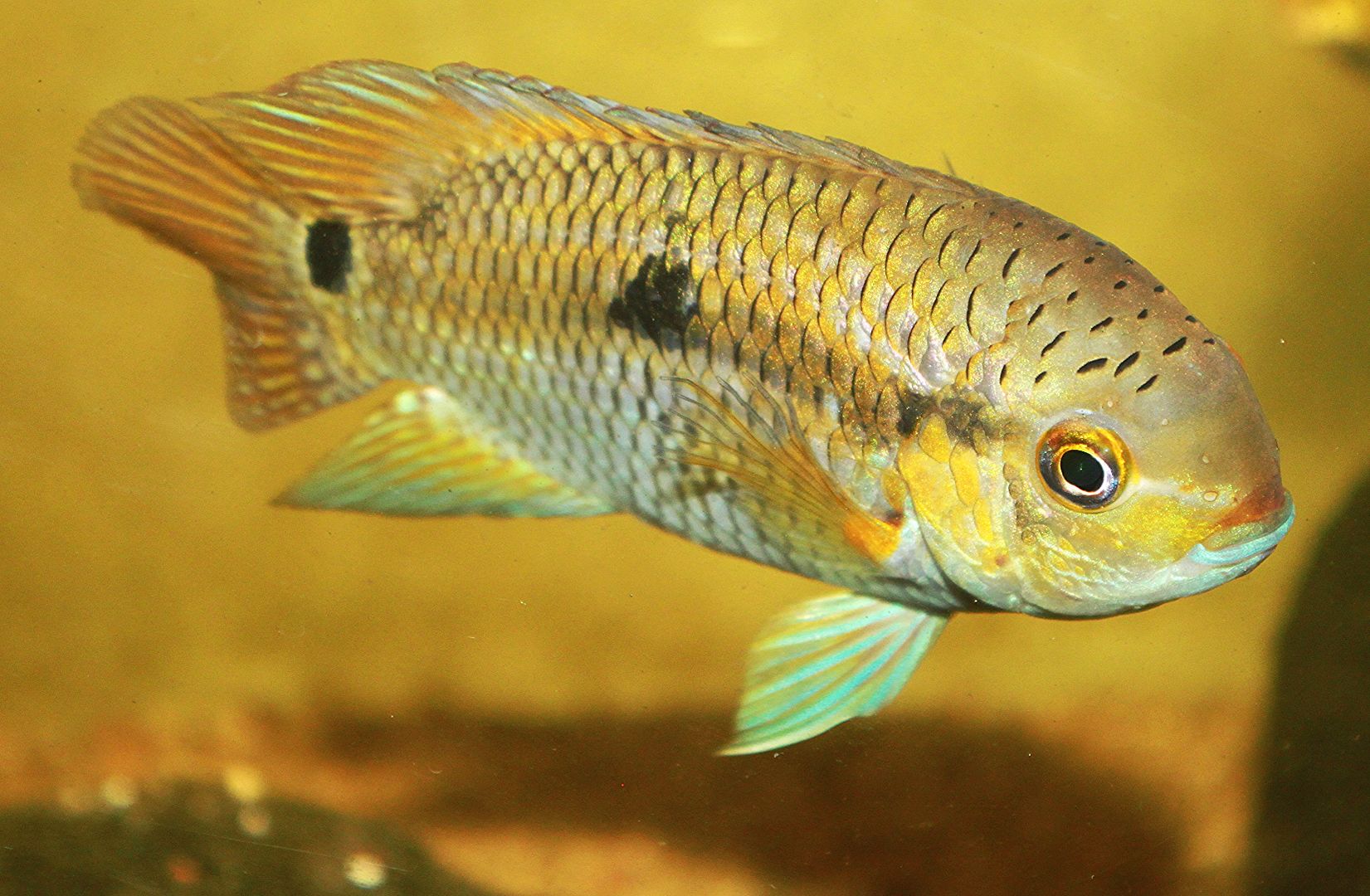As said, a few numbers like hardness (either in grains, or ppm/mg/L) and average pH.
If you are getting wild caught, then very hard water might be a chronic problem for some, but if you get locally bred species it shouldn't.
But any of the species from west of the Andes would be fine wild caught or not.
There are th red hump Gets like steindachneri, pellegrini and crassilabrus, the Andinoacara, and any Mesoheros (festae, gephyus, lyonsi) I consider hardware species, and kept most in "liquid rock".
I also consider the Uruguayan species comfortable in hard water.
The Gymnogeophagus, Australoheros, and Crenicichla of that area, would be good candidates.

Mesoheros gephyrus above, Australoheros red cabal below

Gymnogeophagus sp Paso Pache below

There are also Ciclasoma species like dimmerus from Uruguay, and Argentina that work be comfortable in your water.

female festae below

and below some Urugauayan Crenicichla saxtillus

If you are getting wild caught, then very hard water might be a chronic problem for some, but if you get locally bred species it shouldn't.
But any of the species from west of the Andes would be fine wild caught or not.
There are th red hump Gets like steindachneri, pellegrini and crassilabrus, the Andinoacara, and any Mesoheros (festae, gephyus, lyonsi) I consider hardware species, and kept most in "liquid rock".
I also consider the Uruguayan species comfortable in hard water.
The Gymnogeophagus, Australoheros, and Crenicichla of that area, would be good candidates.

Mesoheros gephyrus above, Australoheros red cabal below

Gymnogeophagus sp Paso Pache below

There are also Ciclasoma species like dimmerus from Uruguay, and Argentina that work be comfortable in your water.

female festae below

and below some Urugauayan Crenicichla saxtillus








